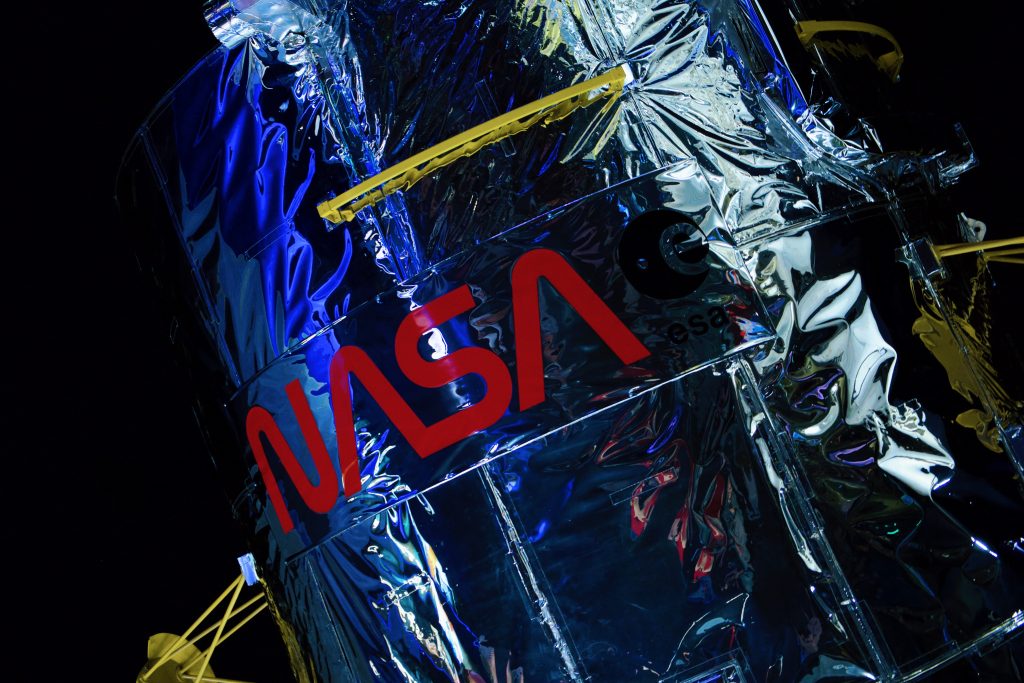NASA is currently going through digital transformation to broaden the accessibility and reach of its platforms, providing a world-class web experience for audiences worldwide. The space agency aims to modernize its primary and science websites, offer an on-demand streaming service, and enhance the NASA smartphone app, opening a new universe of content for users.
The Space Agency will also focus on bringing more content to fans and enthusiasts
The in-progress preview of the redesigned website is currently accessible, inviting the public to explore and share feedback at beta.nasa.gov. According to Jeff Seaton, the chief information officer, the intent is to inspire humanity through a cohesive, top-tier NASA web experience. Seaton asserts that the renovation will significantly enhance the user experience by modernizing their primary websites, making it’s information more accessible, discoverable, and secure.

The upgraded web portals will serve as a continuously expanding, unified hub for the agency’s information, including mission updates, climate data, and Artemis program developments. With a shared search engine, integrated navigation, and superior publishing capabilities, the updated nasa.gov and science.nasa.gov promise to deliver an interconnected, topic-focused experience.
Following the launch of the beta site, NASA will continuously refine it based on user feedback. The revamped platform will also incorporate content from other popular sites, ensuring integrated and user-friendly access to information previously scattered across multiple websites.
Further enhancing its digital presence, NASA will launch a new streaming platform, NASA+. The ad-free, no-cost, family-friendly service will provide users access to the agency’s Emmy Award-winning live coverage and original video series. Marc Etkind, Associate Administrator, Office of Communications at NASA, highlighted that the platform will “put space on demand and at your fingertips.”
NASA+ will be accessible via the NASA App on iOS and Android devices, streaming media players like Roku, Apple TV, Fire TV, and the web. The goal of this integrated digital evolution is to share NASA’s mission, discoveries, and innovation more effectively and build stronger connections with audiences worldwide.
RELATED:
- Canoo Technologies has Delivered Three Crew Transportation Vehicles to NASA
- NASA’s Ambitious Moon Mining Plans for the Next Decade
- Best Earbuds For Running 2023: Jabra, Sony, Beats Audio & more
(Via)







